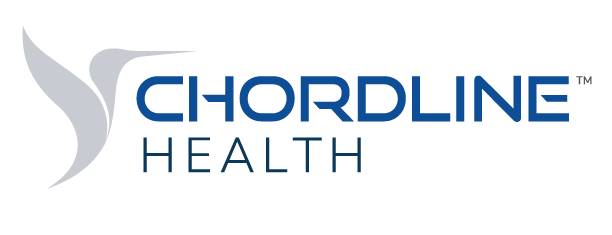The Surprising Link between Client Service and Digital Health Fatigue: What to Consider
The first quarter of 2024 was the lowest Q1 for digital health funding since pre-pandemic times. In the wake of the digital health explosion of the last few years, investment in these solutions is slowing, and organizations are increasingly reconsidering their tech stacks. Reports note that hospitals are anticipating a high rate of digital solution “churn” as they re-orient their digital investments and priorities. While digital tools are important to healthcare organizations, the burdens they can place on users are staggering. Even the U.S. Surgeon General has noted that administrative burden from EHRs is a leading cause of burnout in healthcare.
Many healthcare entities are scrambling to reduce this digital fatigue for their staff, but they may not be looking in the right places for answers. Instead of adopting more technologies to try to fix the problem, carefully vetting client support can solve several key challenges that lead to digital health fatigue and burnout.
Multiple factors have converged to lead to the current state of digital health fatigue:
1. Many solutions are not designed with providers in mind. It’s a well-known challenge that some digital solutions that profess to save time for clinicians were designed without any clinical or end-user input. These tools don’t work the way clinicians and healthcare workers do, which creates workflow friction and massively increases end-user frustration.
2. Digital adoption has left a bad taste in users’ mouths. Clunky implementations and a lack of interoperability make it challenging for users to implement a new tool. Studies also show that a key barrier to digital health adoption is that clinicians lack the time necessary to learn to use a new solution. Adoption of a new tool puts even more strain on their schedules.
3. Leaders face challenges demonstrating ROI and value. If users do set aside time on their overloaded calendars to learn to use a new tool, they expect to see value and ROI almost immediately. Unfortunately, that hasn’t been the case for most solutions on the market, leading organizations (and their staff) to question why they invested in a solution in the first place.
4. Underutilization minimizes a solution’s value. Just a few years ago, organizations were eager to onboard novel solutions that solved a single problem. However, the speed with which implementation took place often means users may not be aware of a solution’s full capability. Users who apply limited functionality of a tool in the absence of robust training may be missing opportunities to improve their workflows and ease their burdens.
The people-centric way to curb digital solution fatigue
Healthcare leaders may be surprised to know that all these challenges can be addressed with a strategic, hands-on customer success approach. World-class customer success teams ensure the product is set up from the start to integrate with your unique organizational needs and workflows. After implementation, ongoing feedback loops help solution providers understand when something isn’t working and what needs to be fixed.
With best-in-class client service support, organizations can better understand what metrics to track and have a clearer view of overall ROI. In addition, collaborative client success teams keep an eagle-eye on your goals and product utilization to ensure you’re not missing out on valuable functionality that can make your team’s lives easier.
Identifying outstanding customer service in digital health vendors
Many digital health vendors tout best-in-class support, so it can be challenging to understand which vendors really do offer gold-standard customer support. Integrate these quantitative criteria into your next digital health search to ensure you’re setting your organization up for success.
Look for:
1. An above-average NPS score. The NPS score demonstrates a customer’s willingness to recommend or remain loyal to their vendor partner. While the average NPS score for B2B health technology vendors is 58, a higher score indicates strong customer experience and support.
2. Implementation success rate. Digital health implementations can be arduous. Ask potential vendors about their success rate with implementation, especially on-time implementations. A strong record of on-time success proves a vendor’s experience as well as the strategic foresight and collaboration of its customer success teams.
3. Proactive and reactive support. 24/7 IT support should be table stakes with any digital health vendor, but more important, you shouldn’t hear from your client success liaison once a year when your contract is up for renewal. Proactive support can include ongoing one-on-one assistance and check-ins about a solution’s performance. Furthermore, robust, ongoing educational opportunities like webinars and resources keep your team up to date with the latest releases and how new features can improve the end user’s experience and the solution’s performance.
4. End-user tenure. We are in an unprecedented time of digital churn. When considering new partners, ask about their client tenure. How long have other similar organizations worked with the partner? The answer may be telling. Just as important: Talk with an end user to get their take.
Healthcare organizations looking to adopt or refresh their digital tools may be wary of digital churn and fatigue. Prioritizing high-quality client success programs can help organizations improve product utilization, user satisfaction and ROI.
